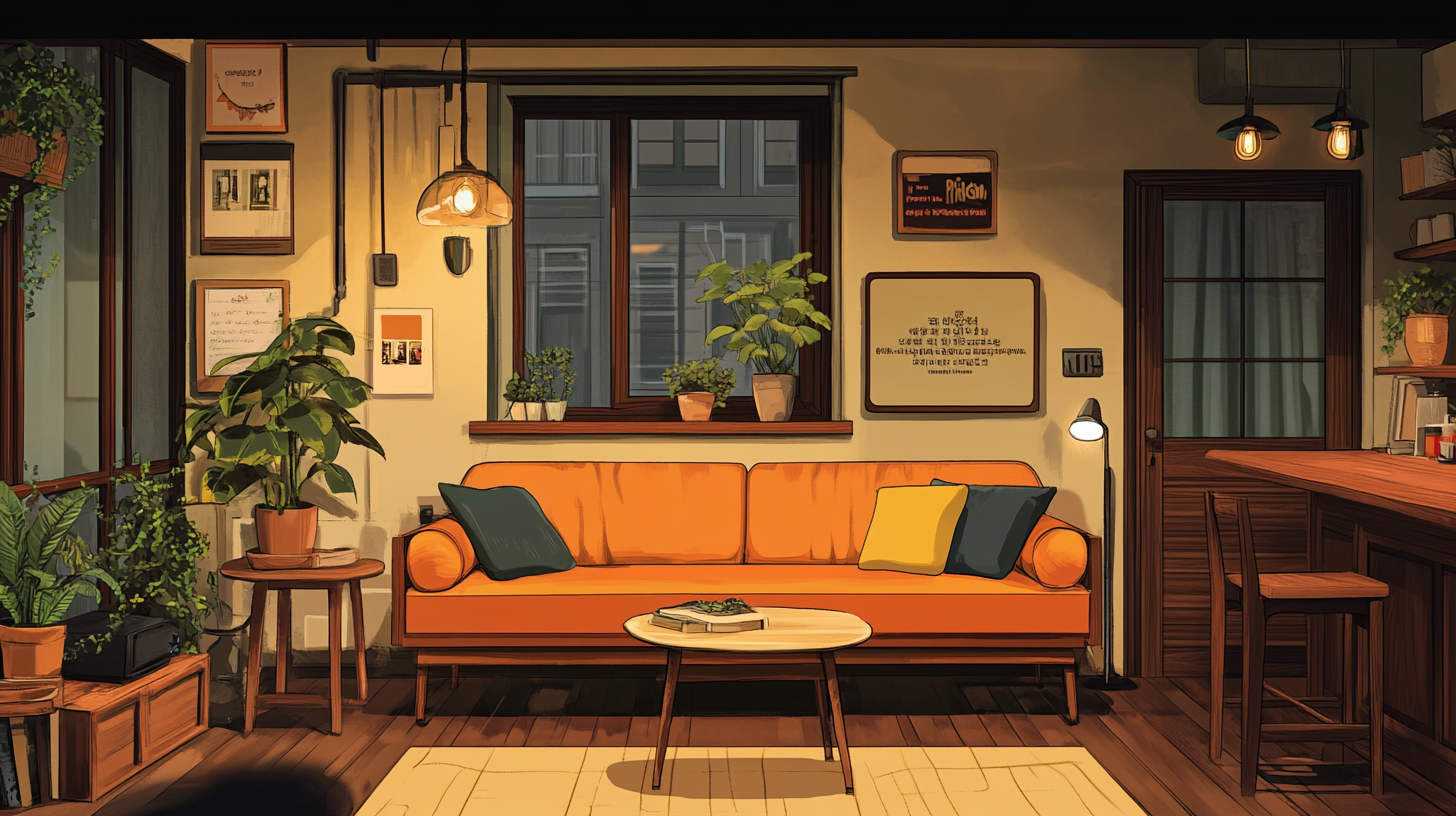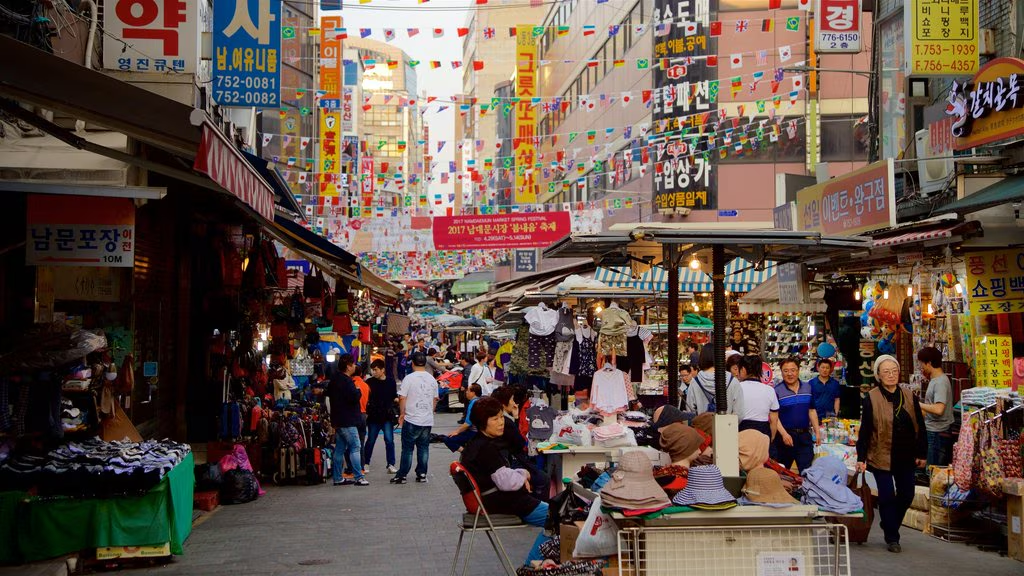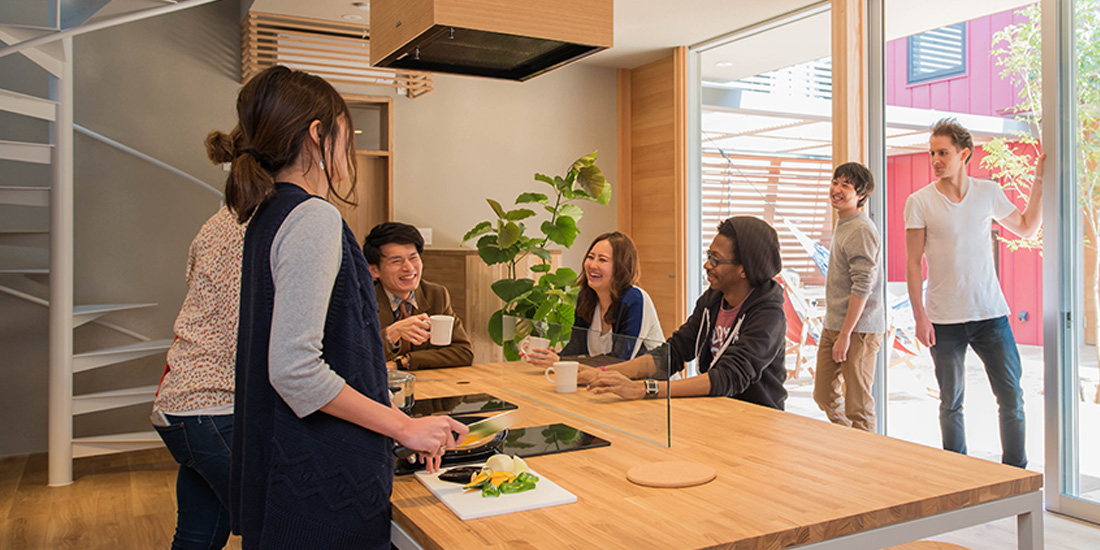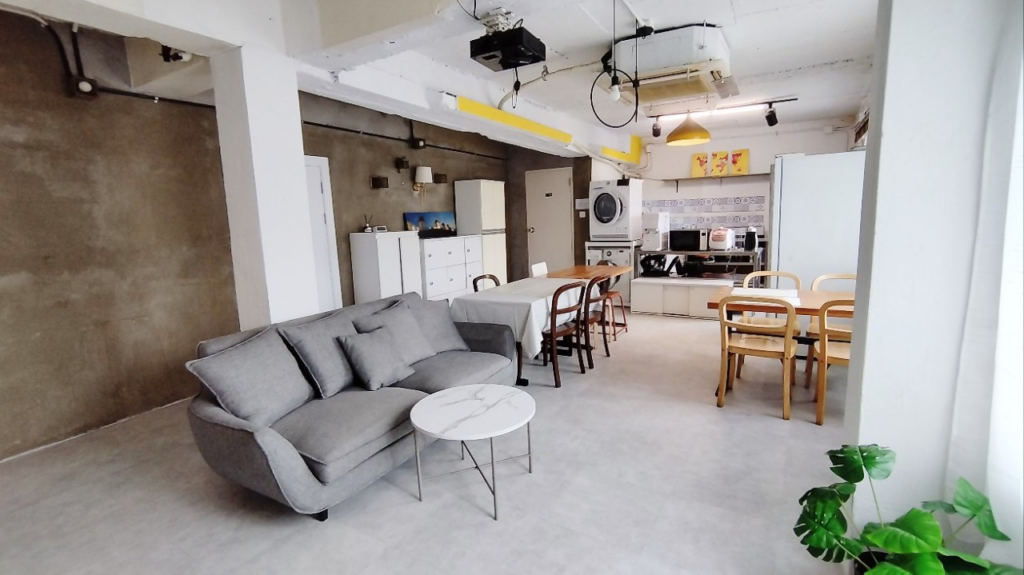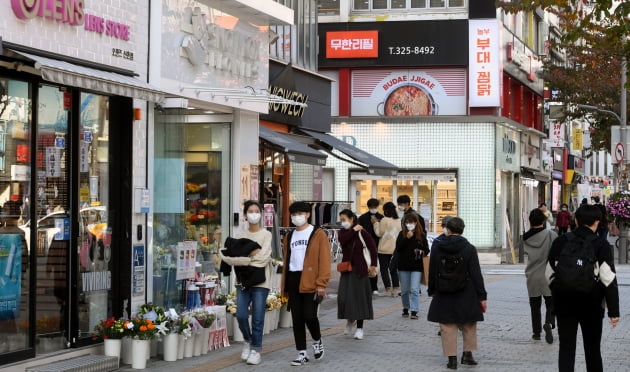What Is Private Health Insurance and Why Do You Need It?
Limitations of the National Health Insurance (NHI)
Private Health Insurance for Foreigners in Korea? As a foreign resident in Korea, unexpected medical expenses due to illness or accidents can arise. While being enrolled in the National Health Insurance (NHI) is mandatory, it does not cover all costs. Certain treatments such as MRI scans, ultrasounds, specific injections, and Oriental medicine treatments may not be fully covered or covered at all. Additionally, major surgeries and extended hospital stays can leave you with significant out-of-pocket expenses, sometimes exceeding millions of won.
The Role of Private Health Insurance
Private health insurance, also known as “Actual Expense Medical Insurance” (실손의료보험 or “silson”), reimburses a portion of the medical expenses that you pay out-of-pocket. For instance, if your hospital bill is 1 million KRW, and NHI covers 700,000 KRW, you would be responsible for the remaining 300,000 KRW. However, with private health insurance, you can typically receive 80–90% reimbursement on that amount, depending on your policy.
This insurance is particularly useful for covering expensive tests and non-reimbursed treatments such as manual therapy, specialized injections, and MRI scans. It serves as a financial safety net, preventing you from facing excessive medical bills.

Can Foreign Residents Apply for Private Health Insurance?
Basic Eligibility for Foreigners
Foreign residents who live in Korea for an extended period are generally eligible to purchase private health insurance. Major insurance providers such as Samsung Fire & Marine, Hyundai Marine & Fire, and DB Insurance offer policies either specifically designed for foreigners or available to them through general insurance plans.
To apply, you will typically need:
- Passport
- Alien Registration Card (ARC)
- Proof of residence in Korea (e.g., rental contract, employment certificate, or student ID for international students)
If you are employed, you may be able to join a company-sponsored group insurance plan, and universities sometimes offer student insurance packages. However, insurers may require additional screening based on nationality, visa status, and medical history.
Residency Duration and Visa Type
Typically, you need at least a six-month stay in Korea to qualify for private health insurance. Those on short-term visas (e.g., less than three months) may find traveler’s insurance a better fit. Long-term visa holders, such as those on work (E-visa) or residency (F-visa) permits, often have an easier time obtaining coverage.
Coverage Details: Non-Reimbursed Treatments and Optional Riders
Standard Coverage: Reimbursed and Non-Reimbursed Medical Expenses
Private health insurance supplements NHI by reimbursing a portion of your co-payment for covered treatments. For example, if an MRI scan costs 800,000 KRW and NHI only covers 300,000 KRW, the remaining 500,000 KRW would be your responsibility. A typical policy would reimburse 90% of this amount, leaving you with only 50,000 KRW to pay.
Additionally, it covers non-NHI treatments, such as manual therapy, shockwave therapy, and specialized injections, within a specified limit.
Insurance products have separate options for reimbursed and non-reimbursed treatments, allowing you to choose whether you want additional coverage for non-reimbursed services. Since foreigners often require additional medical care (e.g., Oriental medicine, manual therapy, or specialized tests), it’s crucial to assess whether adding these options is beneficial.
Out-of-Pocket Deductibles
Private health insurance does not cover 100% of the medical expenses. Policies include deductibles, usually ranging from 10–20%, meaning you will be responsible for a small percentage of your medical bills. Lower deductibles generally result in higher insurance premiums, so you should select a balance that matches your healthcare needs.
Tips for Choosing the Right Policy
1) Pre-Existing Medical Conditions
If you have a pre-existing condition, your application may be rejected or come with limited coverage. Severe health conditions such as cancer or heart disease often lead to policy denial, while minor conditions may result in higher premiums. Insurers require full disclosure of medical history, and failure to provide accurate information can result in denied claims.
2) Comparing Multiple Insurance Companies Is Essential
Insurance coverage, deductibles, and reimbursement rates vary by provider. Some insurers are more accommodating to foreign applicants, while others impose stricter screening procedures. Compare at least two to three insurance companies before making a decision. Additionally, certain providers offer English-speaking customer support, making it easier for non-Korean speakers to navigate the process.
3) Policy Renewal Period
Private health insurance in Korea typically renews annually, and premiums may increase based on factors like age and claim history. If you plan to stay in Korea long-term, be sure to monitor your renewal conditions every year. Canceling your policy midway might require a new application process when re-enrolling, which could be subject to stricter underwriting.
Real-Life Example: A Case Study of an International Student
A (24-year-old American student) has been living in Seoul for two years. Despite having NHI, he was concerned about high dental expenses. After researching multiple insurers, he selected a policy from B Insurance that included standard private health coverage plus a non-reimbursed dental rider. The plan cost around 50,000 KRW per month with a 20% deductible and covered manual therapy and MRI scans.
A few months later, A injured his knee and required MRI testing and physical therapy at a university hospital. His out-of-pocket medical expenses totaled 600,000 KRW, but thanks to his private insurance, he was reimbursed 480,000 KRW (80%), ultimately paying only 120,000 KRW himself. Without this coverage, he would have faced a significant financial burden. In hindsight, he considered the monthly 50,000 KRW premium a worthwhile investment in his financial security.
Conclusion: NHI + Private Health Insurance = Comprehensive Protection
For long-term foreign residents in Korea, National Health Insurance (NHI) is mandatory, but private health insurance can offer extra protection against high medical costs, especially for non-reimbursed services. Since certain medical services can be disproportionately expensive, having private insurance significantly alleviates the cost burden.
However, due to variations in pre-existing condition policies, deductibles, and non-reimbursed treatment riders, careful comparison is necessary.
While no one wishes to need insurance, medical emergencies can happen unexpectedly. Many foreigners regret not having private coverage when they face high medical expenses for hospital stays, advanced treatments, or surgeries.
By investing a small monthly premium, you can secure peace of mind and financial stability. Use this guide to understand the best private health insurance options available for foreign residents in Korea, and choose a plan that best suits your needs.


WeBring Service : Provides personalized services to foreigners living in Korea
Exclusive offer: Introducing foreign car rental in Korea, WeBring-SoCar


